As we head into March, deals are beginning to pick up a little bit. The iPad Air 2 is still available at discounted prices from B&H Photo, and Best Buy is offering discounts on its stock of original iPad Air tablets.
There are also deals to be had on the iMac, the MacBook Air, and the Retina MacBook Pro, plus, as always, we have a nice selection of Apple accessories that have been discounted this week.
iPad Air 2
B&H Photo is offering up to $60 off its entire stock of iPad Air 2 models, dropping the price of the entry-level 16GB Wi-Fi only iPad Air 2 to $459. Discounts vary based on model, but the lowest discount is $35 and the highest is $60 off the 128GB Wi-Fi only iPad Air 2.
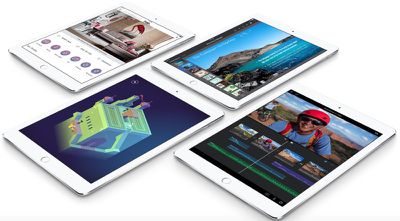
iPad Air
Best Buy is discounting its entire stock of original iPad Air tablets by $50 to $100, depending on the model. Wi-Fi only models are discounted by $50, dropping the price of the entry-level 16GB iPad Air to $349.99, and cellular models are discounted by $100, dropping the price of the entry-level 16GB cellular model to $379.99.
Best Buy also has a few now-discontinued higher-capacity iPad Air models available at low prices.
- iPad Air Cellular Silver 128GB (AT&T) - $599.99
- iPad Air Cellular Space Gray 128GB (AT&T) - $599.99
- iPad Air Cellular Silver 64GB (Verizon) - $566.99
- iPad Air Cellular Space Gray 64GB (Verizon) - $566.99
iPad mini 3
Best Buy is discounting its stock of 16GB iPad mini 3 models by $50, dropping the price on cellular versions to $479.99 and the price of Wi-Fi only versions to $349.99.
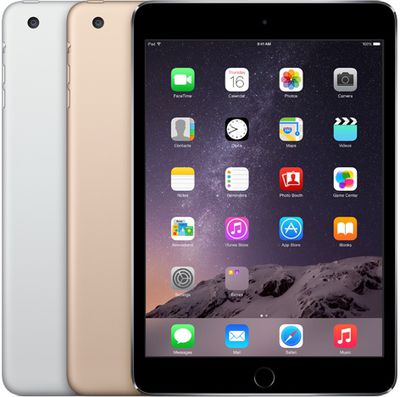
iPad mini 2
Best Buy still has a few now-discontinued higher-capacity iPad mini 2 models available at low prices.
- iPad mini 2 Cellular AT&T Silver 64GB - $399.99
- iPad mini 2 Cellular AT&T Space Gray 128GB - $499.99
- iPad mini 2 Cellular AT&T Silver 128GB - $499.99
- iPad mini 2 Cellular Verizon Silver 64GB - $412.99
- iPad mini 2 Cellular Verizon Space Gray 128GB - $566.99
iMac
- 21.5-inch 2.7GHz/8GB/1TB (Adorama) - $1,189, $110 off
- 21.5-inch 2.9GHz/8GB/1TB (Adorama) - $1,389, $100 off
- 27-inch 3.2GHz/8GB/1TB (Adorama) - $1,689, $110 off
- 27-inch 3.4GHz/8GB/1TB (Adorama) (B&H Photo) - $1,794, $205 off
- 27-inch 3.5Ghz/8GB/1TB Retina iMac (Adorama) (B&H Photo) (MacMall) - $2,349, $150 off
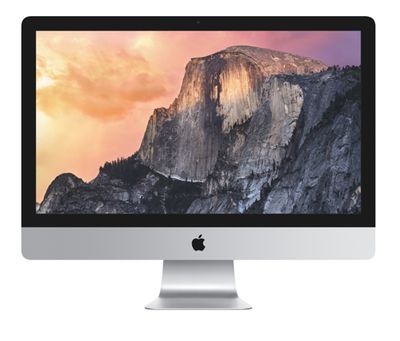
MacBook Air
- 11-inch 1.4GHz/4GB/128GB (Adorama) - $799, $100 off
- 11-inch 1.4GHz/4GB/256GB (B&H Photo) (Adorama) - $999, $100 off
- 13-inch 1.4GHz/4GB/128GB (B&H Photo (Adorama) - $919, $80 off
- 13-inch 1.4GHz/4GB/256GB (B&H Photo) (Adorama) - $1,099, $100 off
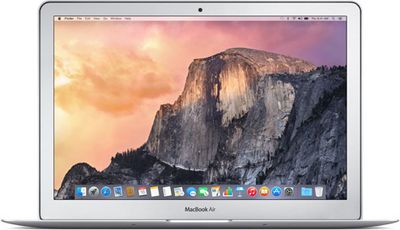
Retina Macbook Pro
- 13-inch 2.6GHz/8GB/128GB (Adorama) (B&H Photo) - $1,189, $100 off
- 13-inch 2.6GHz/8GB/256GB (B&H Photo) (Adorama) - $1,399, $100 off
- 13-inch 2.8GHz/8GB/512GB (Adorama) - $1,599, $200 off
- 15-inch 2.2GHz/16GB/256GB (Best Buy) (Adorama) (B&H Photo) - $1,799.99, $200 off
- 15-inch 2.5GHz/16GB/512GB - (Best Buy) (Adorama) (B&H Photo) - $2,249.99, $200 off
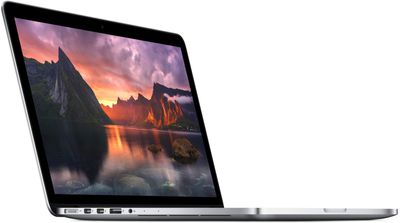
Apps
There are quite a few apps that are on sale at discounted prices or available for free for a limited time. We'll highlight a few here, but make sure to check out our sister site AppShopper for a complete list.
Toca Hair Salon, a popular game for children, is available for free this week, down from $2.99. NFL Quarterback 15 is available for free, down from $0.99. Duet Display is half off this week, priced at $7.99 instead of $15.99.
Twisty Hollow is priced at $0.99 this week, down from $2.99. Space Age: A Cosmic Adventure is available for $1.99, down from $3.99. Botanicula is available for $1.99, down from $4.99.
Printer Pro was named Apple's app of the week this week, and it will be available to download for free for the next six days.
Apple Accessories
The Bolt battery and wall charger is available for $44.99 from StackSocial, a $15 discount off its regular price. The Griffin PowerJolt car charger is available for $24.99 from Groupon, $10 off its normal price. Groupon is also selling the Mophie Powerstation 4,000mAh battery charger for $29.99, down from its original price of $79.95.
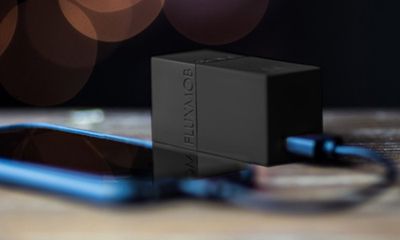
The second-generation Jawbone UP fitness tracker is available for $49.99 from LivingSocial, down from its original price of $129.99. The Ion iCade Arcade Bluetooth cabinet is available for $59.99 from Amazon, $70 off its regular price of $129.99. PayPal Digital Gifts on eBay is offering a $100 iTunes gift card for $80.
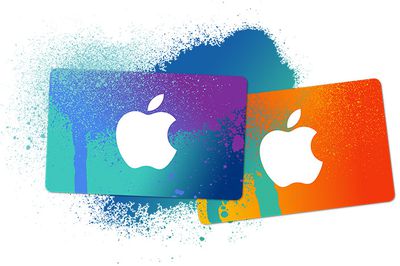
The JBL OnBeat Mini Speaker Dock for iPhone 5/5s/6/6 Plus and iPad is available for $39.99 from Groupon, an 80 percent discount off its regular price.LivingSocial is selling the Speck CandyShell Grip case for iPad mini for $14.99, down from $44.95.
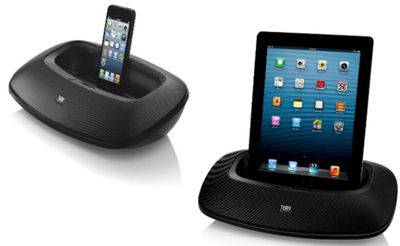
Speck is offering 50 percent off site wide, discounting its entire stock of iPhone cases and accessories. The discount will be available until Saturday and is applied at checkout.
SkinIt, a site that makes custom skins for a wide range of devices from the iPhone to the MacBook, is offering a special deal buy one get one 50 percent off deal for MacRumors readers. With the code MACRUMORS, you can get 50% off a second skin after purchasing one skin.
MacRumors is an affiliate partner of some of these vendors.



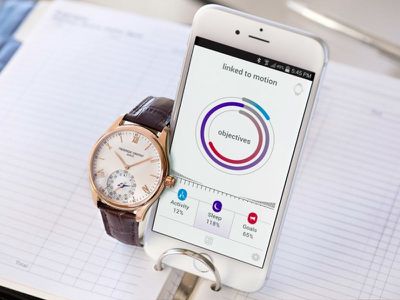
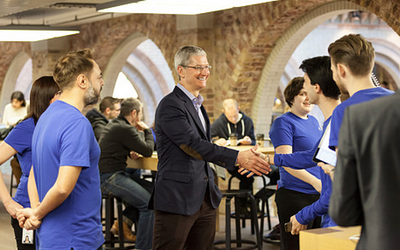
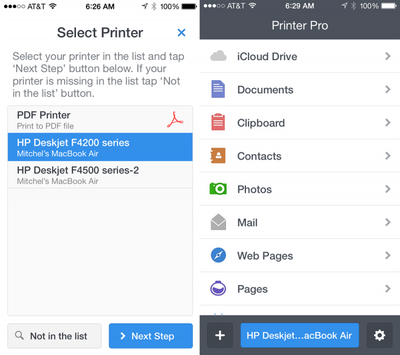
 Apple faces further legal action from Ericsson this week after refusing to accept a licensing deal for its patented LTE technologies, according to
Apple faces further legal action from Ericsson this week after refusing to accept a licensing deal for its patented LTE technologies, according to 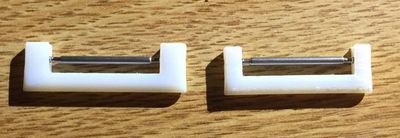

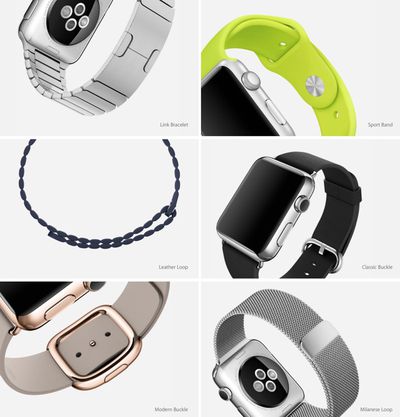
 The U.S. Federal Communications Commission on Thursday
The U.S. Federal Communications Commission on Thursday 
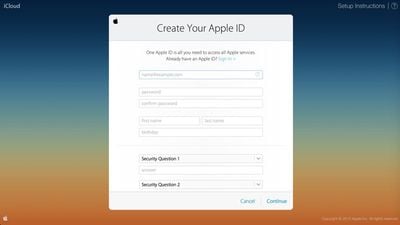
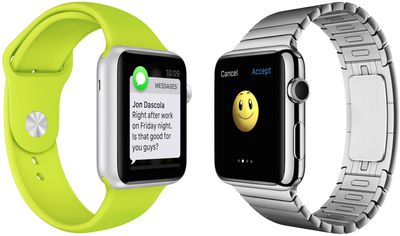

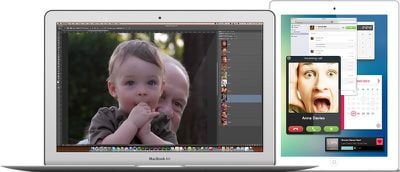
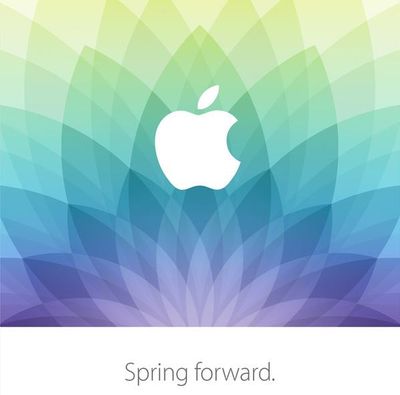
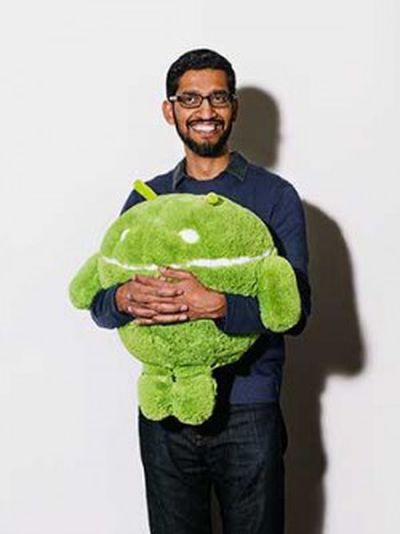 Google's Sundar Pichai, senior vice president of Android, Chrome and Google Apps, recently spoke about his company's relationship with Apple in an in-depth interview with
Google's Sundar Pichai, senior vice president of Android, Chrome and Google Apps, recently spoke about his company's relationship with Apple in an in-depth interview with 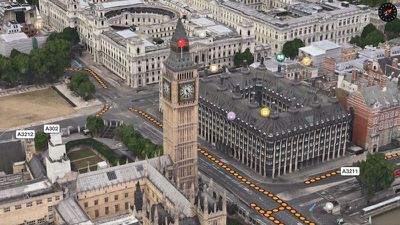
 The
The 













